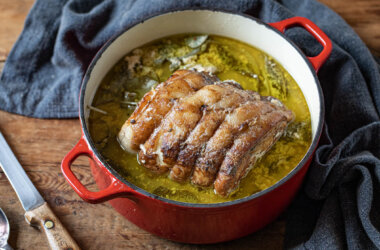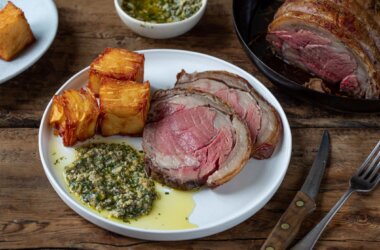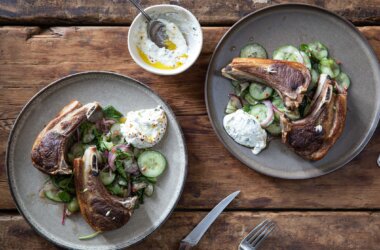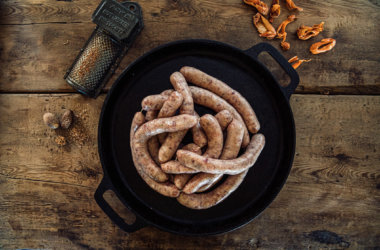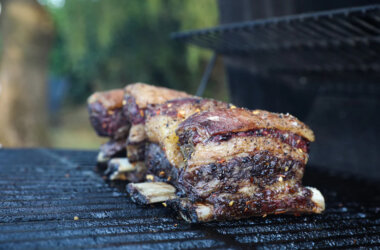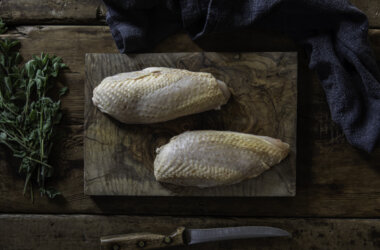This is a beef stock recipe by Lulu Cox, formerly of Rochelle Canteen in London. Rochelle Canteen (run by Fergus Henderson’s wife Margot) is a small whitewashed canteen in an old school, with a seasonal daily changing menu.
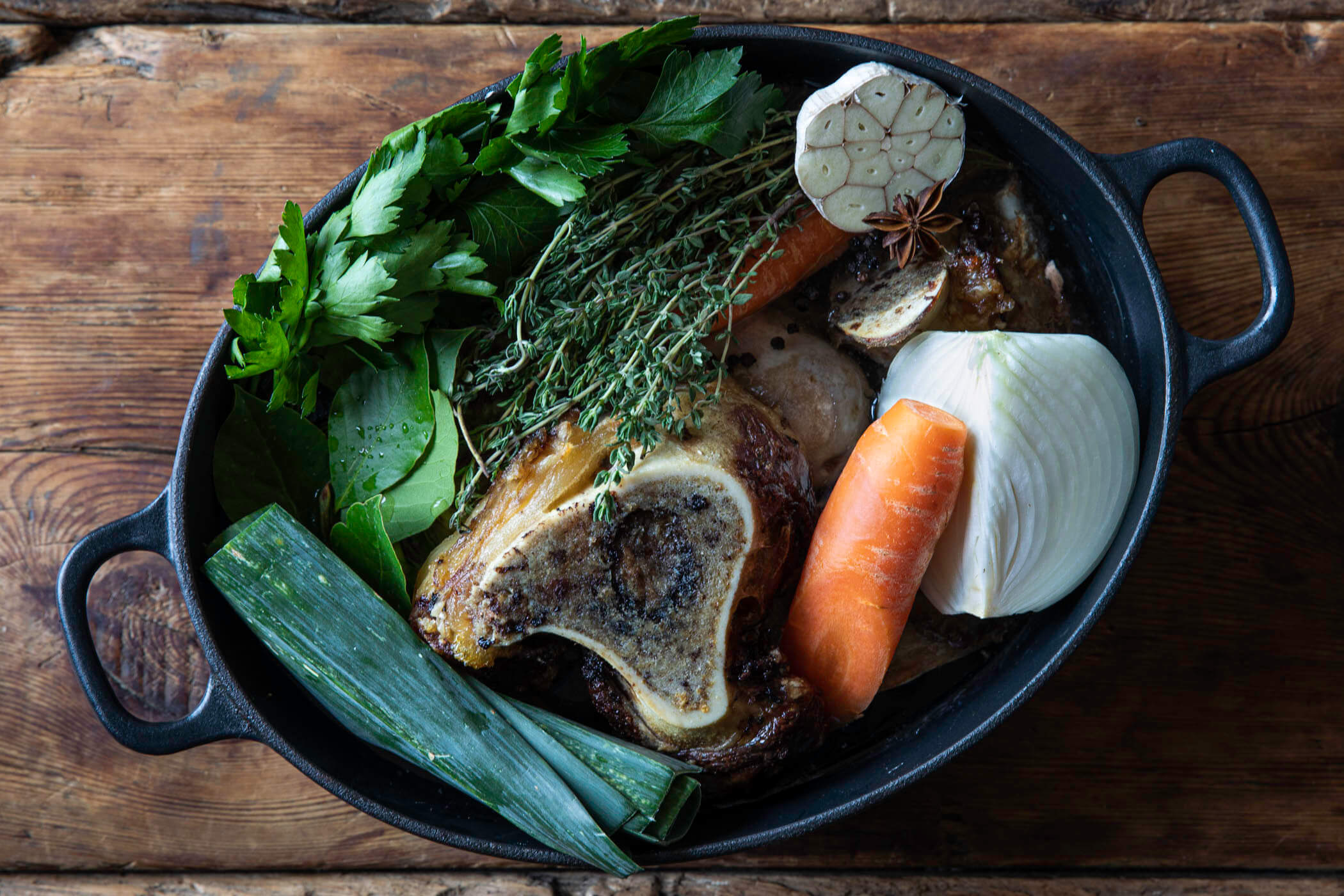
Ingredients
Directions
- Preheat your oven 200°C.
- Place the beef bones into a large oven tray and cook for at least 30 minutes. They need to have space to brown well, so don’t pile them up. And make sure to flip them halfway through cooking, to ensure a rich golden colour.
- Whilst your bones are browning, roughly chop all your vegetables. This is your stock base.
- Heat the pan, before adding a scant tablespoon of olive oil and your stock base vegetables. Allow the vegetables to brown, for 5 minutes, stirring occasionally. You don’t want your veg to sweat down and soften up – you’re looking for a good golden colour, which you can achieve by cooking the vegetables quickly, using a high heat.
- Now add your bones to the stock pot. Using a spatula, tease away any bits which have stuck to your tray and be sure to add them to the pot.
- Add enough water to just cover the bones, pop your aromatics on top and gently bring up to the boil, watching it carefully. You don’t want to leave the room and come back to a boiling mass of bones, vegetables, and a huge pile of scum; that would be a real shame.
- When your stock begins to shudder, you know it is moments away from boiling. Using a ladle, carefully remove and discard the fat and scum that will start to appear on the surface. Don’t be tempted to stir. A good stock should be clear and rich in flavour, boiling and stirring will make your stock cloudy – so it’s a big no-no!
- Turn the heat down low. You’re aiming for a delicate bit of activity; you want to see a bubble every few seconds.
- Once the cooking time is up, remove from the heat and allow to cool slightly. If you were to try any of the meat still clinging to the bones it should have no flavour – a good indication that the flavour has now been fully transferred to the stock. Notice the deep golden colour, which is helped along massively by using bones from pasture-raised animals.
- Rummage through your Tupperware selection and find the finest sieve you have. It’s a real bore straining stock, but once this delicious, lovingly prepared liquid is stored away you’ll be very grateful.
- When it comes to using the stock, skim off the fat which has formed on the surface and discard.
- Keep in the fridge for up to 4 days, or frozen for up to 3 months.
